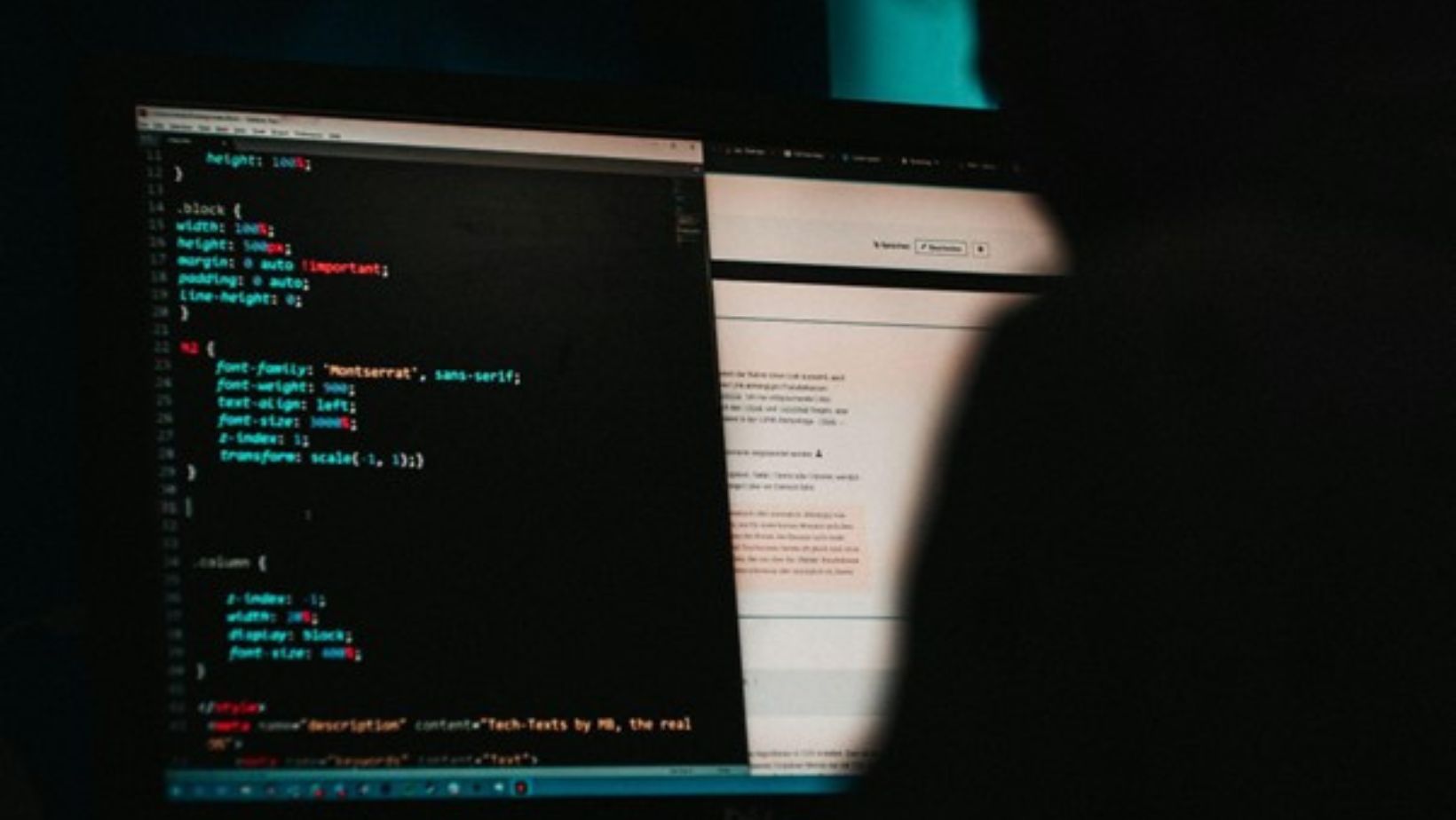
Security testing is a critical aspect of maintaining the integrity of any Salesforce environment. In an age where data breaches and cyber threats are increasingly commonplace, organizations must proactively identify security risks and resolve vulnerabilities to protect sensitive information. Salesforce, a comprehensive customer relationship management (CRM) solution, stores an immense amount of data that often includes personal and financial information, making its security paramount. Effective security testing for Salesforce not only helps to avert potential emergencies in live systems but also ensures that the CRM remains trustworthy and compliant with various regulations.
When conducting security assessments, companies should follow best practices to ensure thoroughness and effectiveness. This encompasses understanding the essentials of security testing within the Salesforce framework, which involves checking for permissions, sharing rules, and profile settings among other elements. Additionally, executing comprehensive security testing strategies, which include both manual and automated processes, can help in covering the extensive scope of the Salesforce environment. Utilizing tools and resources such as a thorough Salesforce testing guide by Functionize can greatly enhance testing efficiency, ensuring that no stone is left unturned.
Table of Contents
ToggleKey Takeaways
- Effective security measures protect sensitive Salesforce data.
- Comprehensive strategies are vital for thorough Salesforce testing.
- Utilizing specialized testing guides enhances testing efficacy.
Understanding Salesforce Security Testing Essentials
When considering security testing for Salesforce applications, it’s essential to adopt a holistic and structured approach that aligns with best practices. This approach should encompass identifying critical assets, evaluating risks, and analyzing configurations to ensure the safeguarding of sensitive information within the information system.
Defining the Scope and Objectives
The first step in Salesforce security testing involves defining the scope and objectives of the evaluation. This entails establishing a clear plan that outlines the system’s security requirements and the mission of the security testing initiative. A well-defined scope ensures that all necessary Salesforce entities are covered and that the testing aligns with compliance needs.
Identifying Critical Assets and Data
Security testing must revolve around the protection of sensitive information. Identifying critical assets and data within Salesforce necessitates a thorough understanding of the data that is being processed, stored, and accessed. This identification process is paramount for prioritizing security measures and testing efforts.
Assessing Vulnerabilities and Risks
An essential component of Salesforce security testing is the assessment of vulnerabilities and associated risks.

Security testing aims to discover and exploit vulnerabilities to gauge the resilience of the system against security threats. A risk assessment helps prioritize vulnerabilities based on their potential impact on the Salesforce applications.
Salesforce Configuration and Customization evaluations
Salesforce’s flexibility through configuration and customization can inadvertently introduce security issues if not properly managed. Analyzing these items must be done meticulously, ensuring that the build of the Salesforce environment adheres to security best practices and does not open up any unintended access points or vulnerabilities.
Evaluating Permissions and Access Controls
Effective security testing must critically evaluate permissions and access controls within Salesforce. Ensuring that permissions are set according to the principle of least privilege and that multi-factor authentication is implemented where necessary significantly enhances the security and user experience. The analyze process helps verify that only authorized users have access to sensitive functions and data.
Executing Comprehensive Security Testing
Effective Salesforce security testing is essential for identifying and mitigating vulnerabilities, ensuring that the system conforms to strict cybersecurity standards. This process encompasses a suite of methods and tools that scrutinize every aspect of the system—from functional to performance aspects—to safeguard sensitive data against potential breaches.
Implementing Automated and Manual Testing Techniques
Organizations must employ both automated and manual testing methods to cover the full spectrum of potential security risks. Automated tests provide efficiency and can quickly detect regressions and bugs, while manual or exploratory testing allows testers to identify issues that automated scans might miss.
Designing Test Scripts and Testing Environment
Creating test scripts tailored to Salesforce’s unique environment enhances the ability to simulate a diverse range of user scenarios. For a robust testing environment, testers need to replicate production settings while ensuring that no real data is compromised during the testing process.
Leveraging Salesforce Testing Tools and Frameworks
Utilization of specialized testing tools or Salesforce’s native frameworks Visualforce and Salesforce Lightning is critical. These tools streamline automated Salesforce testing, making accurate and comprehensive evaluations more accessible.
Conducting Performance and Penetration Testing
Performance testing is crucial to ensure that Salesforce applications hold up under stress. Similarly, penetration testing probes the system, checking for vulnerabilities that could be exploited by malicious actors, including threats to IP addresses and system security.
Utilizing Security Testing and Evaluation (ST&E) Strategies
Adoption of Security Testing and Evaluation (ST&E) strategies, guided by the insights of ST&E specialists, is not just best practice—it’s a proactive stance in cybersecurity. An effective ST&E strategy includes consistent updates and adaptations to mirror evolving cyber threats and protect against data breaches.

Each of these areas combines to form a comprehensive approach to Salesforce security testing, encompassing automated and manual techniques, specialized tools, and overarching strategies focused on maintaining rigorous system security standards.
Conclusion
The security of Salesforce systems is paramount, and a detailed approach to security testing is crucial for safeguarding sensitive data. Companies must ensure that their security testing and evaluation strategy is comprehensive, covering the identification of risks, strategy development, and planning. Additionally, it is essential to stay updated on Salesforce’s policies, such as the recent update that no longer requires customer notification before conducting security assessments. Through diligence in these areas, organizations can maintain a robust security posture within their Salesforce environment.






